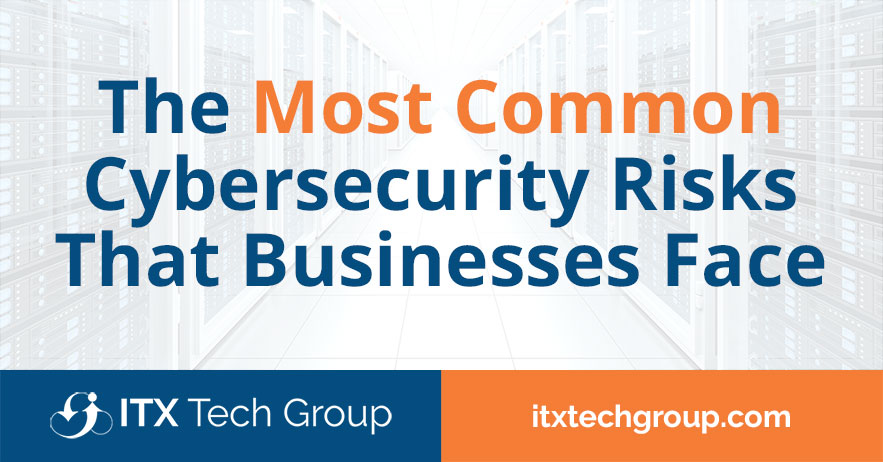In an era dominated by digital innovation and connectivity, the benefits of technology for businesses are abundant.
However, along with these advancements come a host of cybersecurity risks that can wreak havoc on operations, compromise sensitive data, and damage reputations. Understanding and addressing these risks is essential for businesses to thrive in a digital landscape.
In this blog article, we will delve into the most common cybersecurity risks that businesses face and provide insights into how to effectively manage and mitigate them.
Phishing Attacks
Phishing attacks remain one of the most prevalent cybersecurity risks. Cybercriminals use deceptive emails, messages, or websites to trick employees into revealing sensitive information, such as login credentials or financial data.
Vigilance, employee training, and advanced email filtering tools are crucial to detecting and preventing phishing attacks.
Malware Infections
Malware, including viruses, ransomware, and spyware, poses a significant threat to businesses. Malicious software can infiltrate systems, steal data, or hold it hostage until a ransom is paid.
Regularly updating and patching software, using effective antivirus solutions, and educating employees about safe online behavior can help defend against malware.
Insider Threats
Insider threats can arise from current or former employees, contractors, or partners with access to sensitive information. Whether intentional or accidental, insider threats can lead to data breaches or intellectual property theft.
Implementing strong access controls, monitoring user activity, and fostering a culture of security awareness are vital for mitigating this risk.
Weak Passwords and Credential Theft
Weak passwords and poor password hygiene open the door to cyberattacks. Cybercriminals can exploit stolen or leaked credentials to gain unauthorized access to systems and accounts.
Encouraging the use of strong, unique passwords, implementing multi-factor authentication (MFA), and educating employees about password security are effective countermeasures.
Unpatched Software and Vulnerabilities
Failure to update and patch software exposes businesses to known vulnerabilities that cybercriminals can exploit. Regularly applying security updates and patches is essential to prevent attacks targeting known weaknesses.
Lack of Data Encryption
Transmitting and storing sensitive data without encryption increases the risk of data interception and unauthorized access. Implementing encryption protocols for data both in transit and at rest adds an extra layer of protection against potential breaches.
Inadequate Employee Training
Employees are often the weakest link in cybersecurity. Insufficient training can lead to unintentional data breaches through actions like clicking on malicious links or sharing sensitive information.
Comprehensive cybersecurity training programs empower employees to recognize and respond to potential threats effectively.
Third-Party Risks
Partnering with third-party vendors and suppliers can introduce cybersecurity risks if their systems are compromised. Conduct thorough assessments of third-party cybersecurity practices, including data handling and access controls, to minimize these risks.
Conclusion
As businesses increasingly rely on technology for their operations, the importance of cybersecurity cannot be overstated.
Addressing the most common cybersecurity risks requires a multi-faceted approach that encompasses employee training, advanced security tools, regular software updates, and a culture of vigilance.
By understanding and proactively managing these risks, businesses can navigate the digital landscape with confidence, safeguard their valuable assets, and ensure the resilience of their operations in the face of evolving cyber threats.
ITX Tech Group has been serving small, medium, and large scale businesses with their IT support needs all over the United States since 2011, so we’re confident we can provide you with affordable, professional IT solutions for years to come!
Connect with us for a free consultation to discuss your business technology needs.

